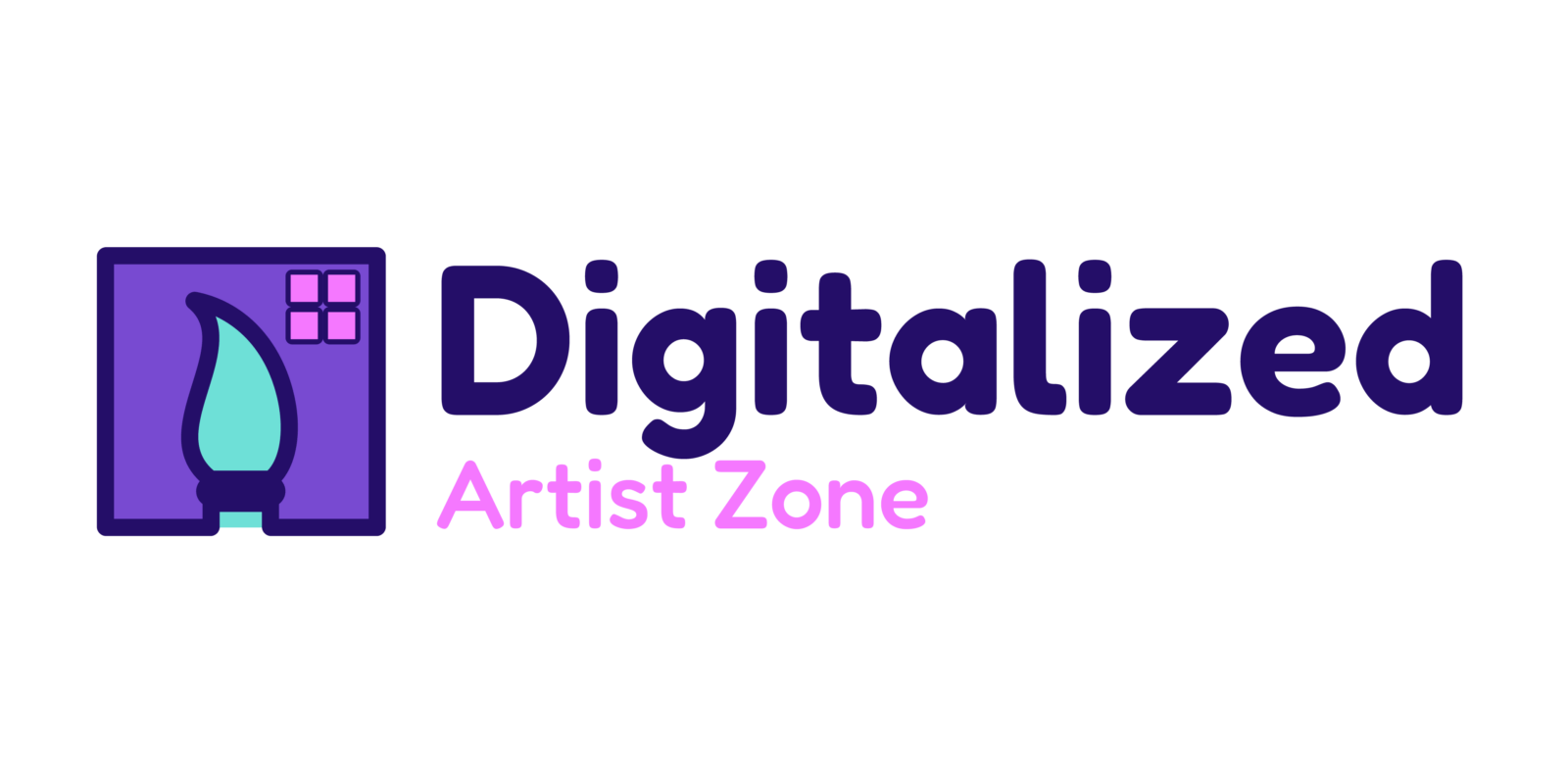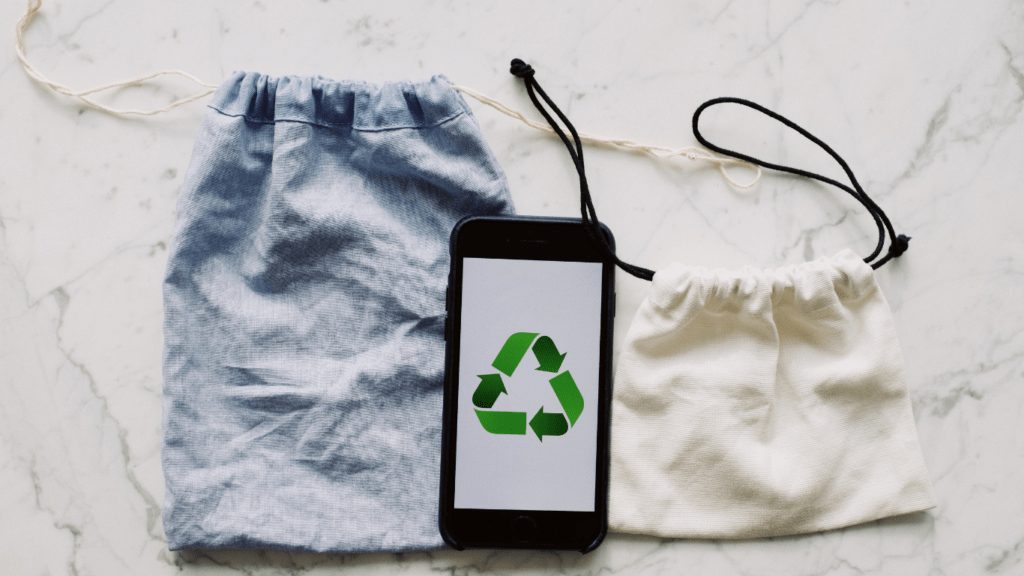As a digital artist, I’m constantly exploring ways to create while minimizing my environmental impact. In the realm of digital art, sustainability is a growing concern that cannot be overlooked. From reducing carbon footprints to promoting eco-friendly practices, the intersection of art and sustainability is a promising frontier. In this article, we delve into the realm of “Sustainability in Digital Art: Eco-Friendly Practices” to uncover how artists can contribute to a greener future through their creative endeavors. Join me as we explore innovative approaches and practical tips to foster sustainability in the digital art landscape.
Evolution of Digital Art
Exploring the evolution of digital art provides valuable insights into the transformative journey of artistic expression in the digital age. Initially, digital art emerged as a novel form of creative expression, transcending traditional artistic boundaries. Over time, advancements in technology have revolutionized the way artists conceptualize, create, and exhibit their works.
In the early stages, digital art was mainly confined to experiments with basic graphics and visual effects. However, with the progression of digital tools and software, artists have delved into more sophisticated techniques, incorporating elements of virtual reality, augmented reality, and artificial intelligence into their creations. This technological evolution has empowered artists to explore new realms of creativity and push the boundaries of traditional art forms.
As digital art continues to evolve, it has not only transformed the artistic landscape but also presented new challenges and opportunities for sustainability. Artists are now increasingly conscious of the environmental impact of their creative practices and are seeking innovative ways to reduce their carbon footprint. By embracing eco-friendly tools, materials, and exhibition methods, artists can contribute to a greener future for the digital art community.
The evolution of digital art underscores the dynamic nature of artistic innovation and the importance of adapting to sustainable practices in the ever-changing landscape of creative expression. As artists continue to harness the power of technology for artistic endeavors, integrating sustainability into their creative processes will play a crucial role in shaping a more environmentally conscious future for digital art.
Importance of Sustainability
As an artist in the digital realm, I understand the critical importance of sustainability in our creative practices. Let’s delve into why sustainability matters in digital art and how eco-friendly approaches can make a significant difference.
- Environmental Impact of Digital Art
Digital art production undoubtedly has environmental consequences, particularly concerning energy consumption and electronic waste generation. Creating digital artworks often requires high-powered electronics that consume energy, contributing to carbon emissions. Additionally, the disposal of old devices adds to electronic waste accumulation, further harming the environment. Acknowledging these impacts is crucial for artists to implement sustainable practices. - Benefits of Eco-Friendly Practices
Embracing eco-friendly practices in digital art not only mitigates environmental harm but also offers numerous benefits. By using energy-efficient devices and software, artists can reduce their carbon footprint significantly. Moreover, adopting sustainable materials and techniques promotes resource conservation and minimizes electronic waste. These practices not only benefit the environment but also enhance the reputation of artists as conscious creators committed to preserving our planet.
Implementing Sustainable Practices
When considering sustainability in digital art, incorporating eco-friendly practices is crucial. Here are some strategies to implement sustainable approaches:
Use of Recycled Materials
In digital art, utilizing recycled materials is an effective way to reduce environmental impact. By repurposing existing resources, such as old electronic devices or paper products, artists can minimize waste generation and contribute to a circular economy. Incorporating recycled materials into artworks not only promotes sustainability but also adds a unique and eco-conscious element to the creative process.
Collaborating for a Greener Future
Implementing sustainable practices in digital art is crucial for reducing environmental impact. I believe that collaborating for a greener future involves artists working together to promote eco-friendly strategies.
When artists join forces to prioritize sustainability, we can collectively make a significant difference in reducing carbon emissions and waste generation. By sharing knowledge and resources, we can inspire one another to adopt energy-efficient devices, eco-conscious software, and recycled materials in our creative processes.
Collaboration not only amplifies the impact of individual efforts but also fosters a sense of community around sustainable practices in digital art. Together, we can pave the way for a greener future, contributing to resource conservation and a healthier planet for generations to come.





